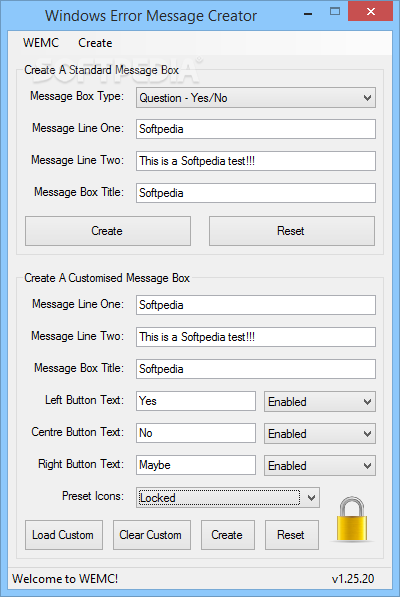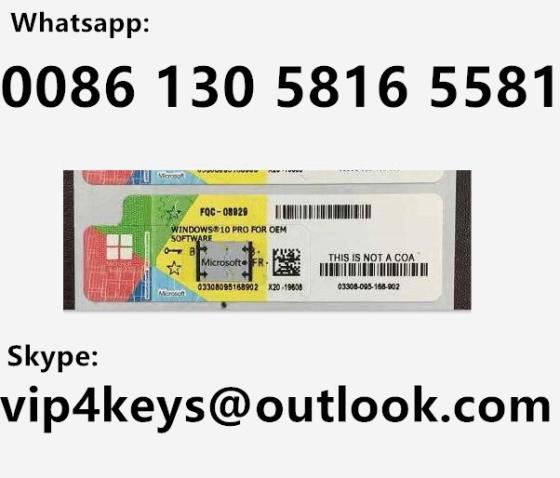


The previous key state (bit 30) can be used to determine whether the WM_KEYDOWN message indicates the first down transition or a repeated down transition.įor enhanced 101- and 102-key keyboards, extended keys are the right ALT and CTRL keys on the main section of the keyboard the INS, DEL, HOME, END, PAGE UP, PAGE DOWN, and arrow keys in the clusters to the left of the numeric keypad and the divide (/) and ENTER keys in the numeric keypad.
Windows key codes install#
The WM_SYSCOMMAND parameter of the message is set to SC_KEYMENU.īecause of the autorepeat feature, more than one WM_KEYDOWN message may be posted before a WM_KEYUP message is posted. For example, to install the product key for Windows Server 2022 Datacenter edition, run the following command and then press Enter: Copy slmgr /ipk WX4NM-KYWYW-QJJR4-XV3QB-6VM33 Generic Volume License Keys (GVLK) In the tables that follow, you will find the GVLKs for each version and edition of Windows. When DefWindowProc receives the WM_KEYUP message, the function checks whether the internal flag is set and, if so, sends a WM_SYSCOMMAND message to the top-level window. If the F10 key is pressed, the DefWindowProc function sets an internal flag. Return DefWindowProc(hWnd, message, wParam, lParam) Įxample from Windows Classic Samples on GitHub.

Example LRESULT CALLBACK HostWndProc(HWND hWnd, UINT message, WPARAM wParam, LPARAM lParam) Return valueĪn application should return zero if it processes this message. The value is always 0 for a WM_KEYDOWN message.įor more detail, see Keystroke Message Flags. The value is 1 if the key is down before the message is sent, or it is zero if the key is up. The value is always 0 for a WM_KEYDOWN message. The value is 1 if it is an extended key otherwise, it is 0. Indicates whether the key is an extended key, such as the right-hand ALT and CTRL keys that appear on an enhanced 101- or 102-key keyboard. However, the repeat count is not cumulative. If the keystroke is held long enough, multiple messages are sent. The value is the number of times the keystroke is autorepeated as a result of the user holding down the key. The repeat count for the current message. The repeat count, scan code, extended-key flag, context code, previous key-state flag, and transition-state flag, as shown following.
Windows key codes code#
The virtual-key code of the nonsystem key. A nonsystem key is a key that is pressed when the ALT key is not pressed. Posted to the window with the keyboard focus when a nonsystem key is pressed.


 0 kommentar(er)
0 kommentar(er)
